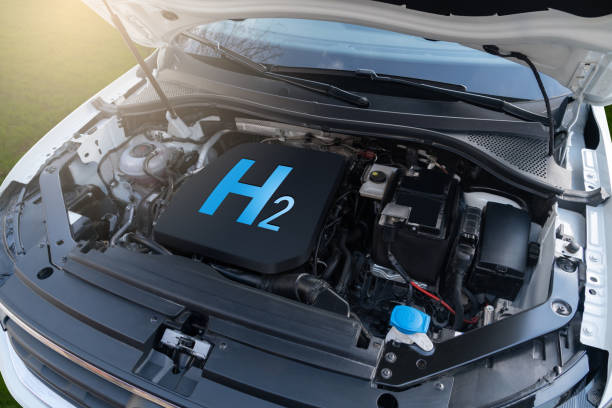Discovering the Power of Hydrogen: The Future of Automotive Fuel
Imagine the possibility of driving a vehicle that only emits water vapor as exhaust. As we steer towards a more sustainable future, hydrogen fuel cell technology is emerging as a promising alternative to gasoline-powered vehicles. In the 1800s, Welsh scientist Sir William Robert Grove created the first fuel cell, which laid the groundwork for today's hydrogen fuel cell vehicles (HFCVs). HFCVs combine hydrogen and oxygen to generate electricity, powering the vehicle's electric motor. The only by-product is water, making it a zero-emission technology.

The Mechanism behind Hydrogen Fuel Cell Vehicles
At the heart of a hydrogen fuel cell vehicle is the fuel cell stack. This stack contains cells where the conversion of hydrogen and oxygen into water happens, producing electricity in the process. This electricity is then used to power the vehicle’s electric motor. Unlike conventional vehicles, which rely on combustion, HFCVs produce energy through an electrochemical reaction, leaving behind no harmful emissions.
The Current Landscape of Hydrogen Fuel Cell Vehicles
Today, several major automakers have launched their own HFCVs, pushing the boundaries of this emerging technology. For example, Toyota has introduced the Mirai, Honda has the Clarity, and Hyundai has the Nexo. These vehicles represent the cutting-edge of hydrogen fuel cell technology, providing range and refueling times comparable to conventional cars, all while producing zero emissions.
Impact, Benefits, and Challenges of Hydrogen Fuel Cell Vehicles
The impact of HFCVs could be tremendous, offering a sustainable transportation solution that drastically reduces our carbon footprint. In terms of benefits, HFCVs offer longer driving ranges and faster refueling times than electric vehicles. They also produce zero harmful emissions, contributing to cleaner air and a healthier environment.
However, there are challenges to overcome. The hydrogen fuel infrastructure is still in its infancy, with a limited number of refueling stations available. Additionally, producing hydrogen fuel in an environmentally friendly manner is still a technological hurdle. Currently, most hydrogen fuel is produced from natural gas, negating some of the environmental benefits of HFCVs.
Concluding Thoughts
As we navigate towards a more sustainable future, hydrogen fuel cell vehicles offer a promising, albeit challenging, alternative to conventional gasoline-powered vehicles. With continued investment and innovation, HFCVs have the potential to redefine our driving experience, contributing to a cleaner and more sustainable world.




